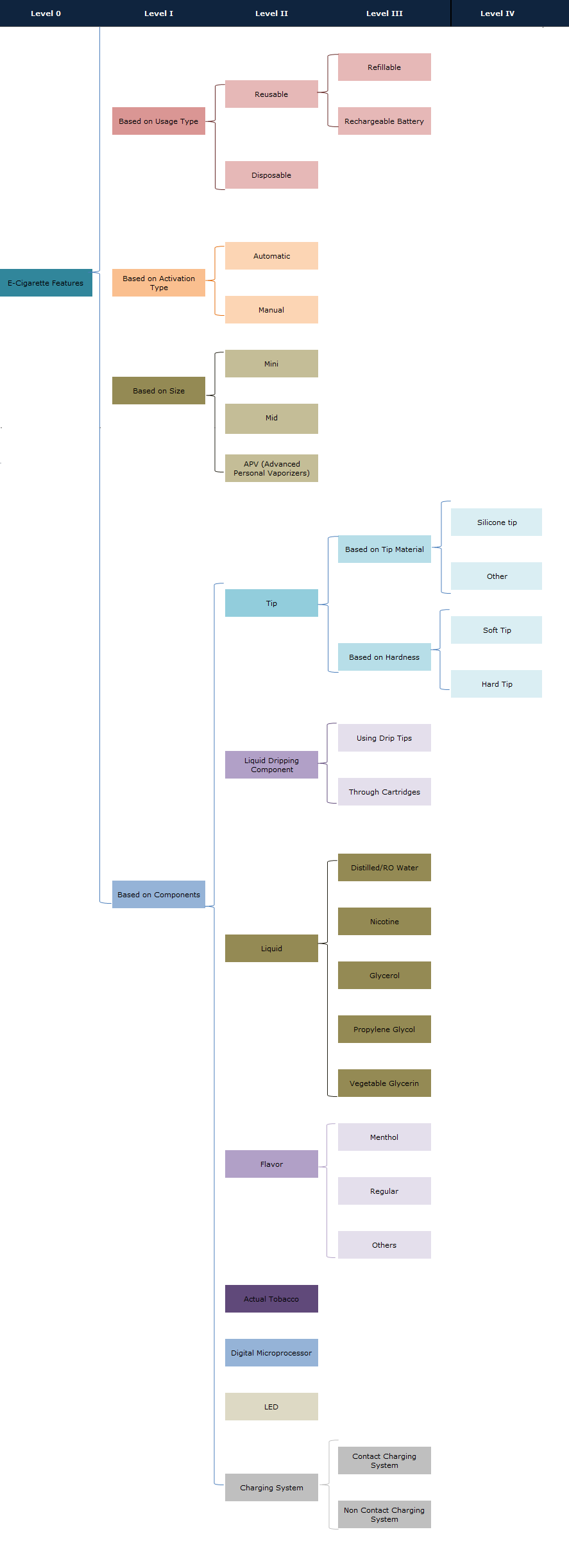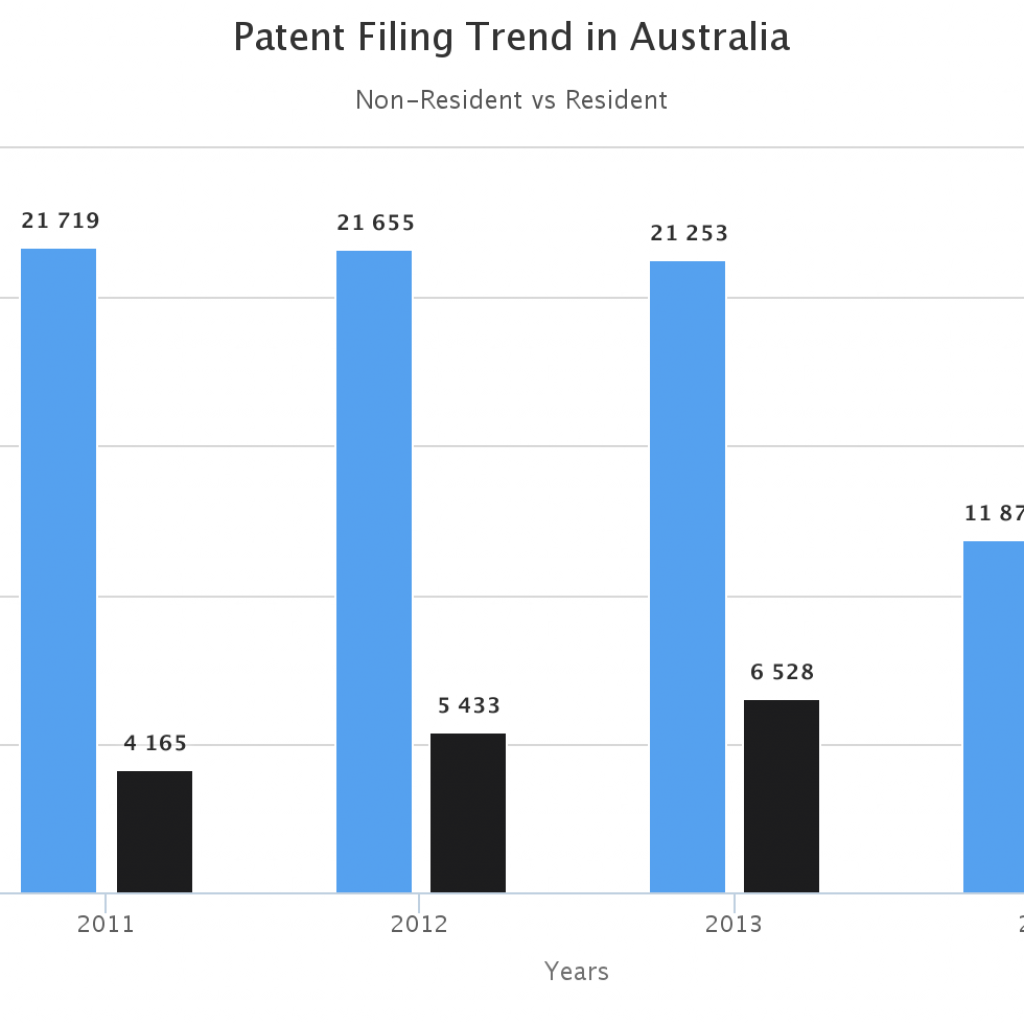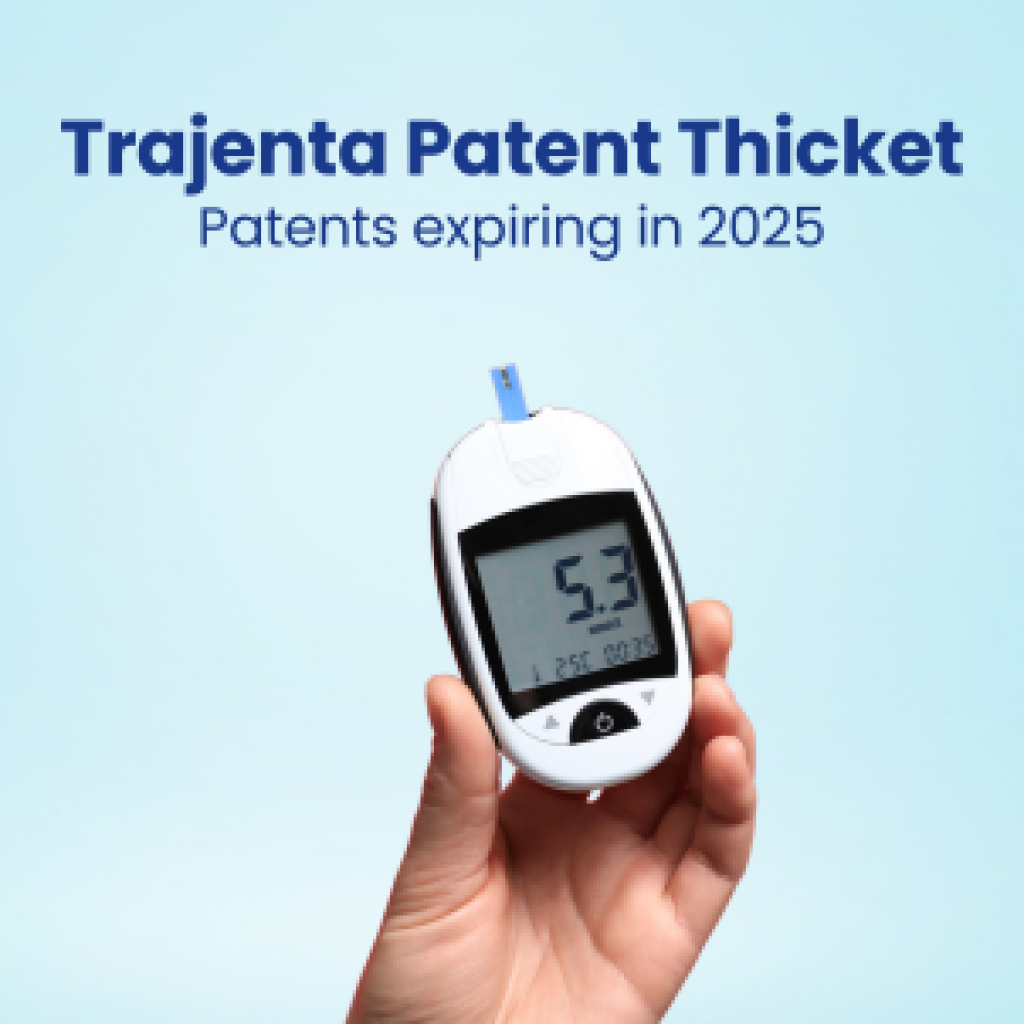The main drawback of the patent system is that it only gives a patent holder a right to exclude without any provision to help them detect patent infringement. It is left on a patent holder to find out the products that might be infringing on the claims of their patents.
This leaves a patent holder with two choices-
- Be updated on every product rolled in the marketplace to discover patent infringement by any of them. (more on it below) OR
- Hire a patent consulting firm or law firm that can help you find the products that use your technology.
How to Search for Patent Infringement in 3 steps
1. Create a Taxonomy
2. Patent Feature Mapping
3. Patent-Product Mapping
It’s really simple and you too can do it provided you are ready to put in the hard work. Let’s take an example of e-cigarettes domain to find out how you can uncover products infringing on your patents.
The first step is to create a taxonomy which is a hierarchical representation of various aspects related to a technology domain. Consider the below taxonomy for the e-cigarettes industry. For a quick understanding, the Taxonomy has been prepared based on device type, size, and usage type and activation methods.
The taxonomy tries to cover aspects like manual/automatic battery, a soft/hard tip, etc.

In the second step of the infringement discovery process, a patent feature mapping is done. This step is about finding all the patents in the domain and figuring out which patents map onto which features.
For instance, consider the example of US patent 8511318 which is essentially an e-cigarette patent. The description of the patent indicates that based on components, a liquid component used is nicotine hence the patent is marked in the nicotine-based features. Further, the activation type is automatic hence the patent is marked in the automatic activation feature.
In this manner, all the patents are read and differentiated based on features.
The third and the most difficult step is to do patent-product mapping. This step involves finding all the products in the market, reading their manuals and figuring out their working.
It gets crazy at this part because, in some cases, manuals and information related to working aren’t available in public. For these cases, reverse engineering needs to be done which is not everybody’s cup of tea.
Every piece of product is decoded to figure out things that work and things that do not. Many a time a discovered a product might look like a potential infringer but is a total design-around. It is frustrating to be truthful.
After this, a deep analysis of all the products in the market is done and the products are mapped to that particular patent.
Featured Download: Find what strategies Xiaomi followed to build its patent portfolio by downloading its free patent portfolio analysis: Click Here to Download
In case you have a patent on a cigarette and a product other than yours is infringing on it, Congratulations! Your wait is over. The amount spent on patenting has indeed born fruit. Litigation could be threatened or licensing royalties could be collected. Money comes back as money.
Another advantage of patent-product mapping is that it is very helpful in estimating the value of a patent. Since many patents are evaluated on the basis of the products developed using them; hence, more the products reading on it, higher the value of a patent.
This feature, thus, serves two purposes- Figuring out infringement and evaluation of the value of a portfolio.
It kills two birds with one shot.
Wait! Are you thinking of waging a litigation suit for products infringing on your patent? Before you knock the doors of the court, it is very important that you check the quality of your patent and whether it is strong enough to stand the tests of invalidation in AIA era. This free tool could help you determine the quality of your patent. Find more here – Patent ranking engine could help save time and money.
If you have a patent portfolio, go ahead and get a mapping taxonomy done. You never know who might be reading on your patented claims.
Happy money-making!
Authored by: Anjali Chopra, Research Analyst
Read Next: Which 15 Claim Charts Mistakes You Should Always Avoid?








